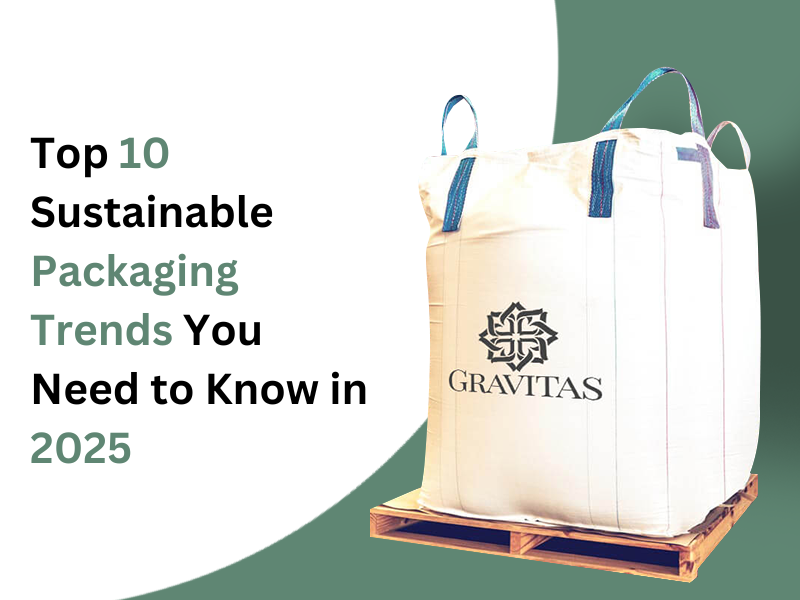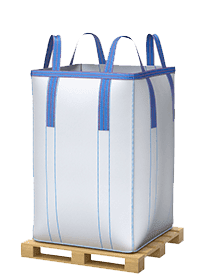
As global awareness about environmental sustainability continues to rise, businesses are evolving their packaging strategies to meet eco-friendly demands. With consumers increasingly prioritizing sustainable practices, staying ahead of packaging trends is no longer optional—it’s essential.
Here are the top 10 sustainable packaging trends you need to know in 2025 to keep your brand innovative, eco-conscious, and competitive.
1. Biodegradable and Compostable Packaging
Biodegradable and compostable materials are revolutionizing packaging design. Unlike traditional plastics, these materials break down naturally in composting conditions without leaving harmful residues.
Key Examples:
- Plant-based plastics (PLA, PHA)
- Mushroom packaging (mycelium-based solutions)
- Seaweed-derived materials
Major brands are switching to compostable alternatives for food containers, coffee cups, and delivery packaging. By 2025, expect these solutions to dominate industries like food and beverage, retail, and e-commerce.
Why It Matters: Biodegradable packaging significantly reduces landfill waste and supports circular economy principles.
2. Reusable Packaging Systems
Reusable packaging is gaining traction as companies focus on reducing single-use waste. These systems include durable, multi-use containers that customers can return, refill, or reuse.
Trends to Watch:
- Returnable delivery packaging for e-commerce
- Deposit-return schemes for beverages and groceries
- Subscription services offering reusable packaging options
Brands like Loop and companies in the beauty and cleaning industries are pioneering reusable packaging solutions.
Why It Matters: Reusable packaging minimizes resource consumption and builds brand loyalty by encouraging eco-friendly consumer behavior.
3. Edible Packaging
Innovative edible packaging combines sustainability with creativity. Made from natural, food-grade materials like seaweed, rice paper, and starches, edible packaging eliminates waste entirely.
Applications:
- Edible cups and straws for beverages
- Food wrappers that dissolve when eaten
- Snack boxes made of natural ingredients
Restaurants and food delivery services are experimenting with edible options, offering consumers a zero-waste solution.
Why It Matters: Edible packaging reduces reliance on synthetic materials while enhancing the consumer experience.
4. Minimalist Packaging
Less is more when it comes to sustainable packaging. Minimalist designs use fewer materials, reduce waste, and often incorporate elegant, functional aesthetics.
Elements of Minimalism:
- Simplified packaging design with essential components
- Reduction in excess layers and plastic coatings
- Use of mono-materials for recyclability
For example, companies are replacing bulky boxes with compact, lightweight alternatives that optimize shipping and storage efficiency.
Why It Matters: Minimalist packaging reduces environmental impact, saves costs, and appeals to eco-conscious consumers.
5. Recyclable Packaging Innovations
Recyclable packaging is evolving with advanced materials and technologies that ensure better recycling efficiency.
Notable Innovations:
- Mono-material packaging: Using a single material like 100% polyethylene for easier recycling
- Smart labels and inks: Eco-friendly printing solutions that support recyclability
- Chemical recycling technologies that break down plastics into reusable components
Brands are adopting fully recyclable materials for bottles, pouches, and shipping materials to close the recycling loop.
Why It Matters: Improving recyclability enhances resource recovery and supports sustainable production cycles.
6. Smart and Interactive Packaging
The fusion of technology and sustainability is driving smart packaging solutions. These innovations help businesses reduce waste, improve traceability, and engage consumers.
Smart Features Include:
- QR codes linking to recycling guides and sustainability stories
- Sensors that monitor product freshness and reduce food waste
- Blockchain technology to verify ethical supply chains
Smart packaging allows brands to educate consumers about their sustainable practices and extend the product lifecycle.
Why It Matters: Interactive packaging promotes transparency and encourages environmentally responsible consumer habits.
7. Eco-Friendly Alternatives to Plastic Film
Plastic films have long posed a challenge for recyclability, but 2025 will witness a rise in sustainable alternatives. These include biodegradable films, paper-based coatings, and water-soluble solutions.
Alternatives Include:
- Wax-coated paper for food preservation
- Plant-based films that decompose naturally
- Water-soluble films for single-use items like detergents
Packaging suppliers are introducing high-performance alternatives for industries like food, cosmetics, and pharmaceuticals.
Why It Matters: Replacing plastic film reduces microplastic pollution and supports sustainable waste management.
8. Upcycled Packaging Materials
Upcycling transforms waste materials into functional, visually appealing packaging solutions. This process reduces environmental impact while giving waste a new purpose.
Examples Include:
- Packaging made from agricultural by-products (e.g., sugarcane pulp, husks)
- Upcycled textiles for fashion and luxury items
- Post-industrial waste materials repurposed into sturdy packaging
Brands are leveraging upcycled materials to demonstrate commitment to sustainability and reduce their carbon footprint.
Why It Matters: Upcycled packaging promotes innovation, reduces resource extraction, and diverts waste from landfills.
9. Water-Based and Plant-Based Inks
Traditional inks contain volatile organic compounds (VOCs) that harm the environment. Water-based and plant-based inks are emerging as sustainable alternatives for printing.
Benefits Include:
- Reduced emissions of harmful chemicals
- Improved recyclability of printed materials
- Use of renewable resources like algae or soy
Brands are adopting eco-friendly inks for packaging labels, logos, and product designs to maintain sustainability across all aspects of production.
Why It Matters: Environmentally safe inks improve the end-of-life recyclability of packaging.
10. Carbon-Neutral and Climate-Positive Packaging
Brands are increasingly committing to carbon-neutral and climate-positive goals for their packaging. This involves offsetting carbon emissions through renewable energy, reforestation, and innovative materials.
Strategies Include:
- Investing in carbon credits to neutralize emissions
- Using renewable energy in manufacturing processes
- Designing packaging from carbon-negative materials (e.g., biochar, hemp-based products)
Companies are partnering with carbon-tracking organizations to measure, reduce, and compensate for their environmental impact.
Why It Matters: Carbon-neutral packaging aligns businesses with global climate goals and attracts eco-conscious customers.
Final Thoughts
The packaging industry is undergoing a monumental shift toward sustainability. By 2025, businesses that embrace these trends will lead the charge in reducing environmental impact while enhancing brand perception and consumer trust.
From biodegradable materials to interactive smart packaging, these innovations represent the future of eco-friendly solutions. Staying informed and adopting these trends will position your business as a leader in sustainable practices—because when it comes to the planet, every package counts.



Recent Comments